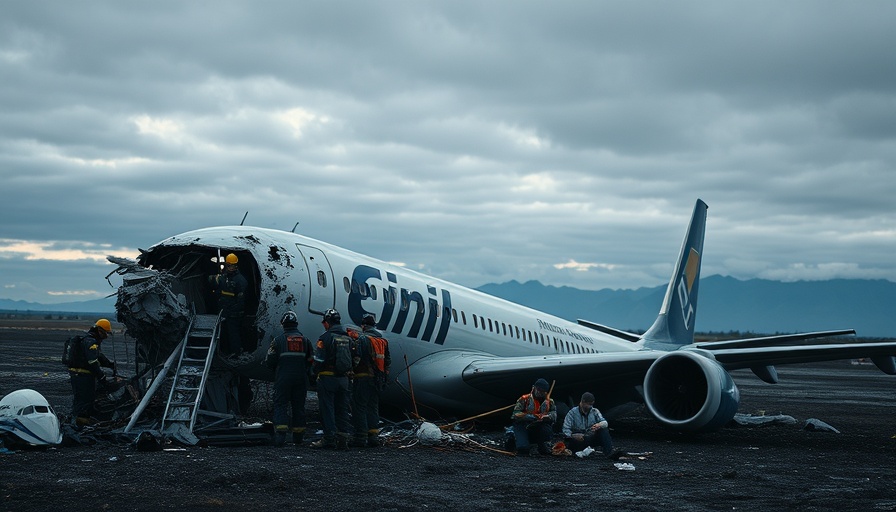
Investigation Reveals Alarming Frequency of Bird Strikes
The tragic crash of Jeju Air Flight 2216 on December 29, resulting in the loss of 179 lives, has now come under intense scrutiny. Reports indicate that the Muan International Airport, where the crash occurred, had received repeated warnings about an alarming increase in bird strikes. Data indicated a surge in incidents over the two preceding years, prompting officials to gather for emergency meetings aimed at finding solutions to this pressing issue.
The Urgent Need for Action
During a crucial meeting just 10 days before the crash, airport officials openly acknowledged the inadequacy of their measures. An aviation training official raised concerns that planes descending towards Muan often encountered flocks of birds, mainly due to the airport’s proximity to natural bird habitats. Unfortunately, the mitigation efforts were deemed insufficient. Reports indicated that not only was there a lack of personnel and vehicles dedicated to bird control, but also that the sound devices meant to deter birds were ineffective over the necessary distance.
Risk Factors and Consequences
The preceding warnings serve as a stark reminder of the risks associated with inadequate safety protocols in aviation. Properly managing bird populations around airports is crucial to ensuring passenger safety. Experts argue that failing to adhere to international guidelines is not only negligent but poses serious risks, significantly increasing the chances of future tragedies similar to the recent crash. This incident could spark debates about enforcement of stricter regulations and technological advancements to better address wildlife hazards.
A Call for Regulatory Change
As investigations continue, there are calls for regulatory bodies to establish stringent measures for wildlife management at airports. There is an urgent need for improved communication among airport operators about potential threats posed by bird strikes. Advocates are pushing for the implementation of enhanced systems that can effectively detect and manage wildlife around airports, which could save countless lives.
The reiteration of these warnings emphasizes the importance of vigilance in airport operations and the urgent need for infrastructure upgrades to prioritize passenger safety. As the community reflects on this tragic event, one thing becomes clear: swift, effective action is necessary to prevent such disasters from recurring.
 Add Row
Add Row  Add
Add 




 Add Row
Add Row  Add
Add 

Write A Comment